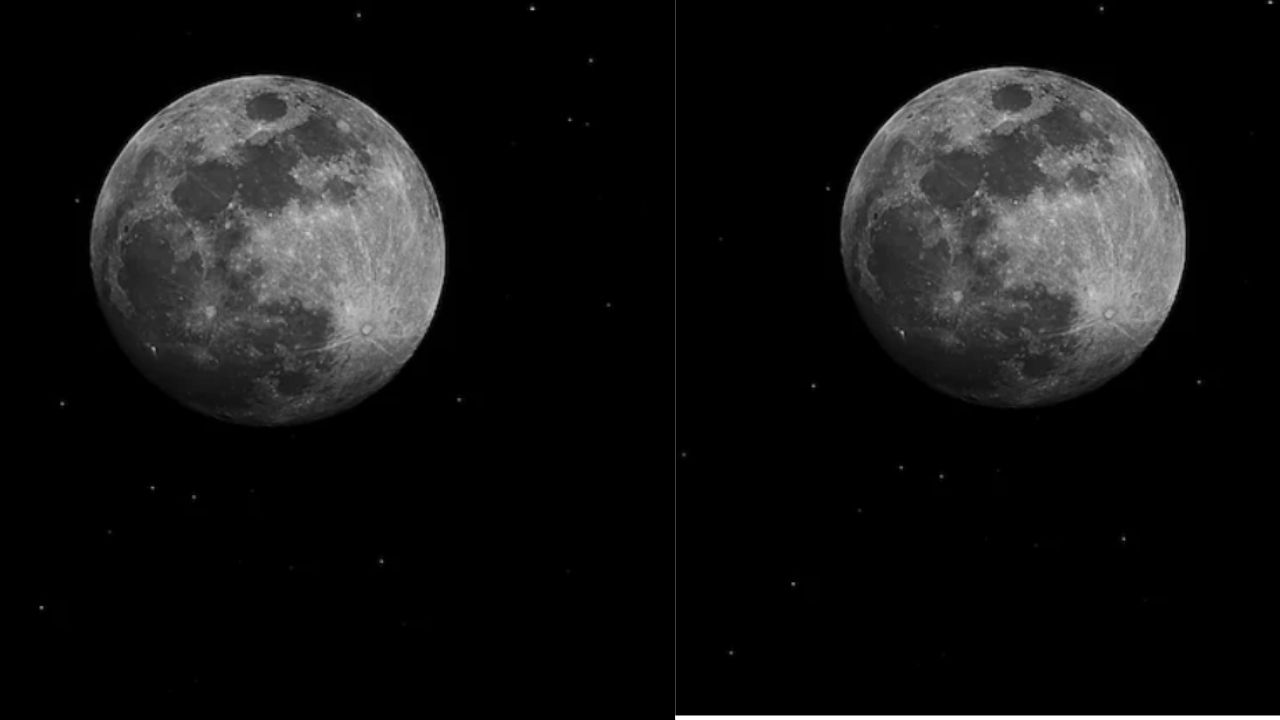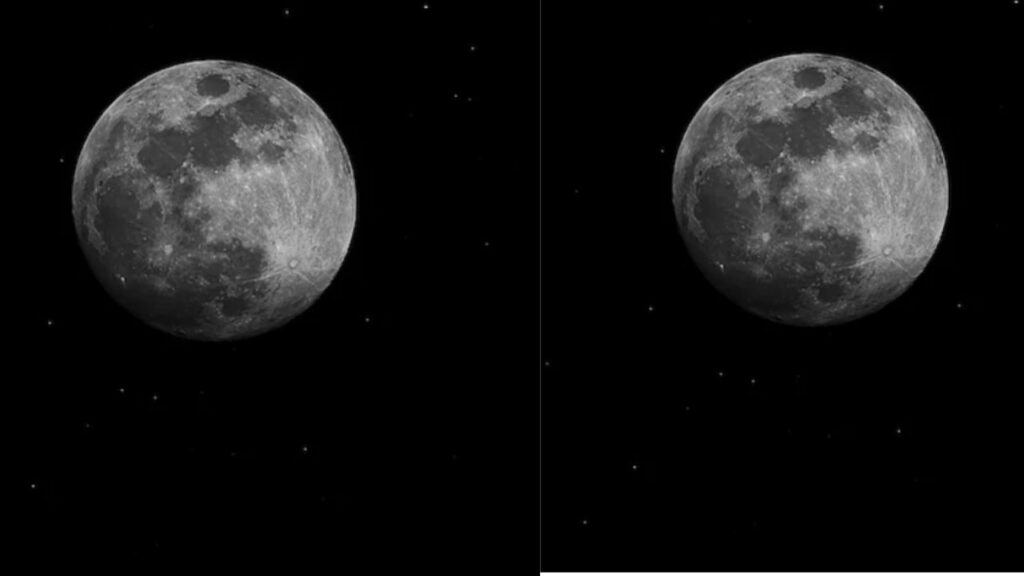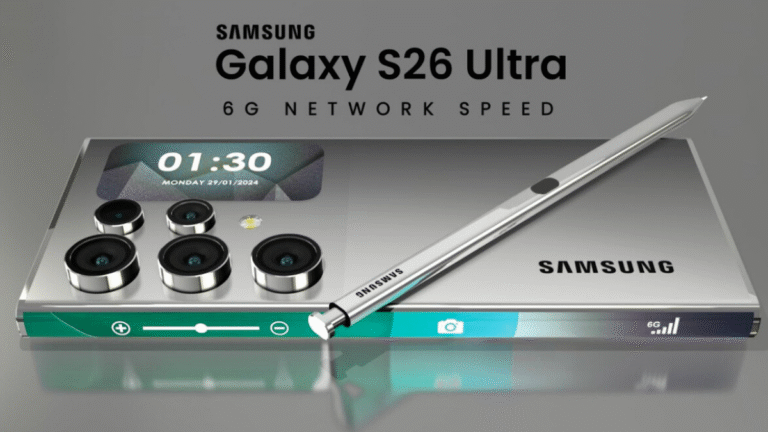
In a bold revelation that underscores the rising geopolitical tension in space exploration, NASA Administrator Bill Nelson has stated that the United States is in a competitive race with China to claim the most strategic and scientifically valuable locations on the Moon. His comments highlight the increasing urgency in Washington to secure dominance in space as lunar ambitions turn into a high-stakes contest for territory, technology, and influence.
The New Space Race: More Than Just Prestige
Speaking during a recent media interaction, Bill Nelson emphasized that the competition is not merely symbolic—it’s about securing the most resource-rich and strategically vital areas of the Moon, especially near the lunar south pole. This region is believed to contain abundant water ice, which could be critical for sustaining long-term human presence and for producing fuel in future space missions.
“We believe it is important for the US to get to the Moon first again, not just for exploration, but to set the standards for peaceful and cooperative behavior,” Nelson asserted.
Why the Lunar South Pole Is So Critical
The lunar south pole is being eyed by several nations and private space players due to its permanent shadow zones, which may host large deposits of frozen water—a key resource for life support, agriculture, and fuel production. In contrast to the Moon’s equatorial regions, which were the focus of earlier Apollo missions, the south pole offers:
- Long sunlight exposure, making it ideal for solar-powered equipment
- Shadowed craters, perfect for storing and preserving vital resources
- Potential base sites for long-term lunar habitation
NASA’s Artemis III mission, expected to land astronauts near this region by 2026, is part of the US effort to secure a foothold.
China’s Accelerated Moon Ambitions
China has not hidden its lunar goals. Through its Chang’e lunar program, it has already landed successful robotic missions on both the near and far side of the Moon, and has announced its intent to establish a permanent lunar base by 2030, possibly in collaboration with Russia.
The Chang’e 7 and 8 missions, planned for later this decade, aim to explore exactly the same region the US is targeting. If China arrives first and sets up semi-permanent structures or scientific zones, it could raise complex diplomatic and legal questions around space governance.
Legal Grey Areas: No One Owns the Moon — Yet
According to the 1967 Outer Space Treaty, no country can claim sovereignty over the Moon. However, what constitutes “use” versus “ownership” remains ambiguous, especially when nations start building infrastructures and long-term habitats.
Nelson and other US officials fear that without clear ground rules and active American presence, China could assert control over key regions of the Moon under the guise of science or safety. This could hinder international access and collaboration.

NASA’s Artemis Program: America’s Lunar Comeback
To counterbalance China’s momentum, NASA is racing ahead with the Artemis program, which aims to:
- Return humans to the Moon by mid-2026
- Land the first woman and first person of color on the lunar surface
- Establish the Artemis Base Camp for long-duration missions
- Prepare for human missions to Mars
NASA is working closely with international partners, including the European Space Agency (ESA), Japan, and Canada, to build the Lunar Gateway—a space station that will orbit the Moon and serve as a hub for missions.
The Moon As the Next Frontier of Global Power
What was once the domain of science fiction has now become a reality shaped by strategic rivalries and national interests. As NASA and China’s space agency eye the same lunar terrain, the Moon has become a new arena for diplomatic tension, scientific exploration, and technological supremacy.
The race to the Moon is no longer just about who plants the next flag—it’s about who gets to define the rules for humanity’s future in space. With high-stakes missions lined up in the next few years, the world is watching closely as two global superpowers vie for the “best part” of the Moon.






